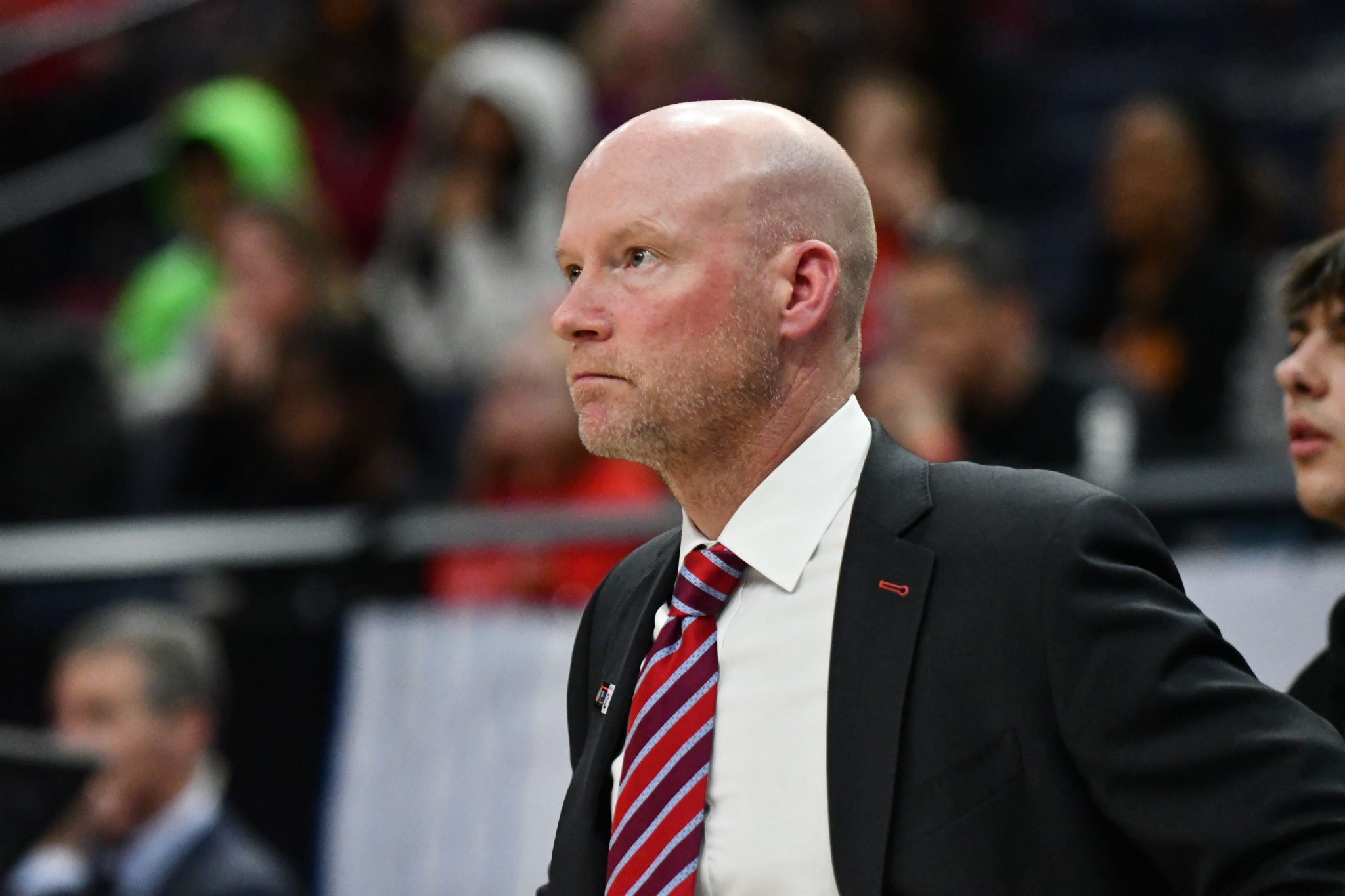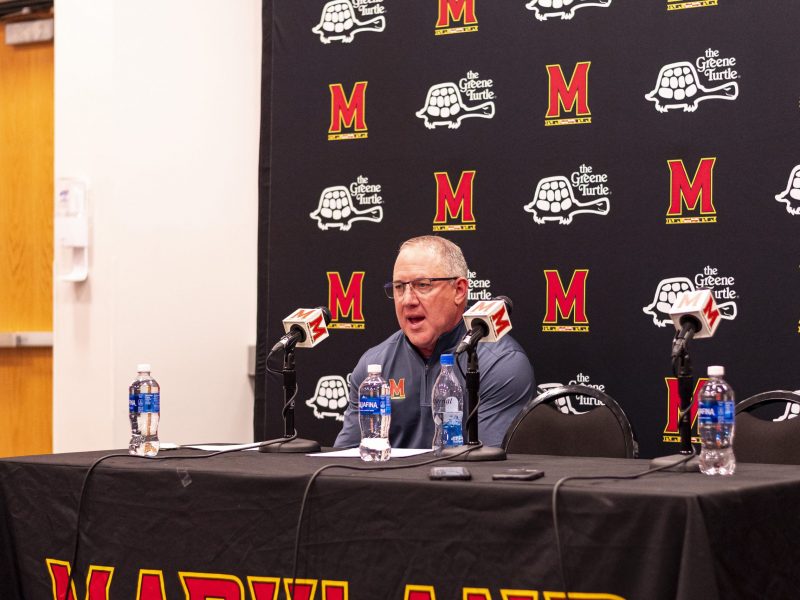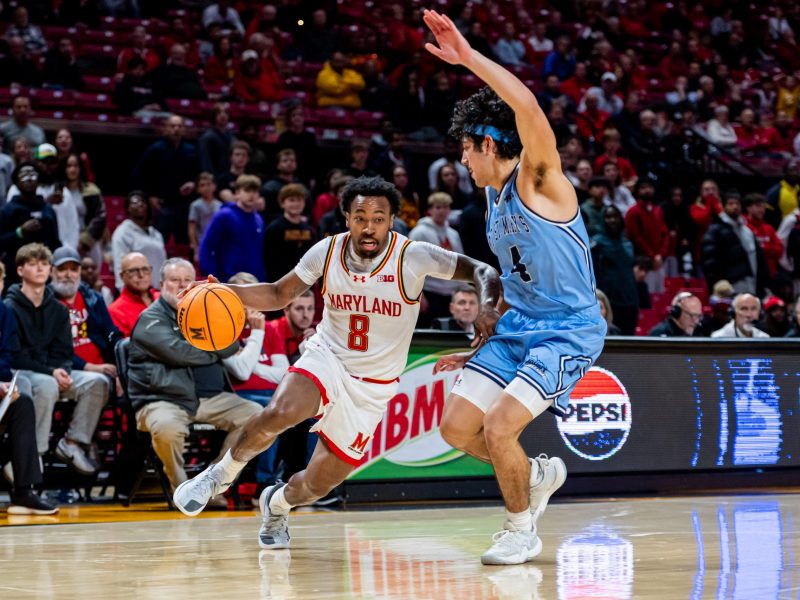Coach Kevin Willard didn’t mince words when he described Maryland men’s basketball’s disappointing 2023-24 season during Tuesday’s media day.
He added a flurry of faces to address the Terps’ glaring deficiencies last year. But Willard also changed his philosophy when constructing his roster. Maryland hopes this year will look much different after adding shooting, age and depth through the transfer portal.
Willard’s last transfer class was underwhelming. His highest-scoring addition averaged just 5.4 points, which forced him to rely on freshmen, something he deemed one of his biggest regrets.
The Terps added four first-years ahead of last season and two played significant minutes. Other inexperience across the bench left Maryland struggling without depth.
“[Adding experience] was probably the biggest thing that we wanted to, I wouldn’t say fix, but just adjust in what we were trying to do, and not be so freshman-heavy,” Willard said. “Two or three freshmen are probably going to be the limit to what we do every year.”
[No. 6 Maryland men’s soccer tops George Mason 2-0 in regular season nonconference finale]
The 2024 roster includes two true freshmen in Malachi Palmer and Derik Queen — the latter whom Willard called a “once-in-a-lifetime” talent.
Such praise indicates that Queen will play a big role despite his youth. But Julian Reese, Maryland’s top returning player, is also a big man — meaning the Terps may not have to rely on Queen out of necessity.
That was the case last year for DeShawn Harris-Smith. The now-sophomore started for a Maryland team that lacked perimeter scoring threats besides Jahmir Young.
Willard knows nobody will likely replicate Young, who scored the 11th-most points per game in program history last year. That made adding multiple scorers particularly important. Willard knew those adds needed to be experienced and capable shooters.
“I’d like to be much more balanced in the scoring,” Willard said. “With the ability of some guys that can get hot, I don’t see one guy just dominating the scoring like we’ve had the last couple of years.”
That’s why Willard added junior Ja’Kobi Gillespie and fifth-year Selton Miguel. The two averaged 17.2 and 14.7 points, respectively, and each shot nearly 40 percent from three last year. The coach said he wouldn’t bring in any players who weren’t strong shooters.
With experience, shooting and a willingness to share the court with other scorers, the pair fit Willard’s criteria.
[The Diamondback Sports Digest: Maryland football’s season nosedives]
“We told Ja’Kobi that we were going to try to find someone else [too], and that’s where Selton kind of came in,” Willard said. “I didn’t want to have to be stuck with what Jahmir had to do last year, which was unfortunately being the only guy that could create for himself.”
Willard used the transfer portal heavily, but spoke directly about its dangers to college basketball. He called the system broken, and he doesn’t believe it can be fixed without blowing it up. A large reason for that is the pay-for-play nature that bears strong resemblance to professional sports free agency.
“There’s two big factors in the transfer portal: money and money,” Willard said. “Last year going into the season, we didn’t have any money, so we couldn’t really be overly-aggressive … we were able to be more aggressive in the portal [this offseason] because we had more money.”
The combination of money and a new roster-building philosophy could allow Maryland to have a bounce-back season under Willard. The degree of its success could largely alter the program’s trajectory under the third-year coach.



